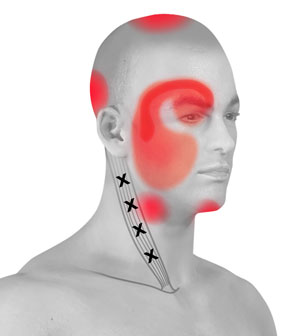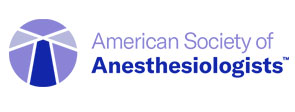
What is a Cervicogenic Headache?
Cervicogenic headaches involve pain in one or both sides of your head that radiates from your neck to the front of the head.
Causes of Cervicogenic Headaches
Cervicogenic headaches can be caused by any abnormal conditions or damage to the bones, nerves, or muscles in the neck or back area such as:
- Osteoarthritis
- Whiplash injury
- Compressed nerve
- Poor sitting posture
- Cervical disc prolapse
- Spinal fracture
- Sports injury
- Neck injury
- Tumors
- Rheumatoid arthritis
Symptoms of Cervicogenic Headaches
Cervicogenic headaches usually develop from the back of the neck and radiate through either side of the head to the forehead. Symptoms can include:
- Pain at the back of the neck
- Nausea
- Dizziness
- Sensitivity to light and sound
- Throbbing pain in the eyes and forehead
- Blurred vision
- Pain radiating to the shoulder and arms
- Neck stiffness
Diagnosis of Cervicogenic Headache
Your doctor will review your medical history and symptoms and based on this a physical and neurological examination will be performed. Your doctor will assess for pain by applying pressure to different parts of the neck. Diagnostic tests can include the following:
- X-rays: During this study, high electromagnetic energy beams are used to produce images of the bones.
- CT scan: Special x-rays are used to produce images of any damage in the spine.
- Nerve blocks: Nerve block is an injection of anesthetic and steroid medication around the spinal nerve root to determine the source of pain.
- MRI Scan: This imaging study uses large magnetic fields and radio waves to detect any damage to the soft tissues.
Treatment for Cervicogenic Headache
Treatment for cervicogenic headaches varies based on the severity of the condition and can include:
- Medications: Your doctor will prescribe over the counter medications to reduce inflammation and pain.
- Physical therapy: Your doctor will recommend special exercises and other techniques such as:
- Applying ice for 10-15 minutes a few times every day
- Practicing good sleeping and sitting postures
- Wearing appropriate neck braces
- Transcutaneous electrical nerve stimulation (TENS): During this procedure, small electrodes are placed on the skin to stimulate the nerves near the affected area.
- Facet joint blocks: An injection with anesthesia and corticosteroid is injected into a facet joint that prevents the transmission of pain signals from the neck.
- Radiofrequency Ablation: Radiofrequency waves are used to destroy the nerves transmitting pain signals to the brain.
- Neuromodulation: During this procedure electrodes connected to a generator are placed behind your head or neck to electrically stimulate the occipital nerve and relieve pain.
If conservative methods fail to improve symptoms, surgery will be recommended to relieve the compressed nerves in the neck or back areas.




